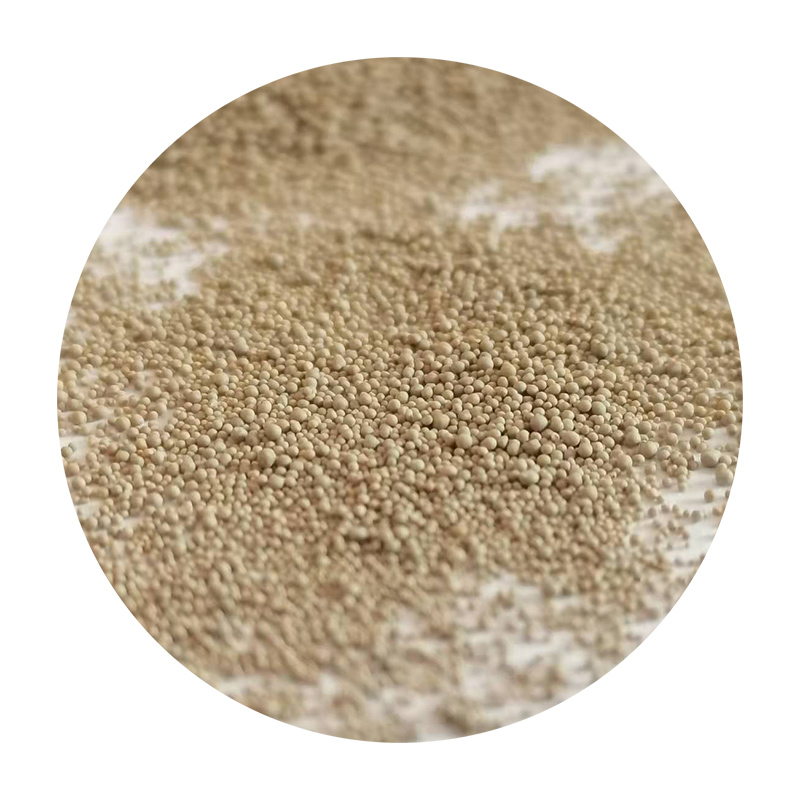The Role of Sintering Sand in Modern Material Science
Sintering sand, a specialized form of sand used in the metal casting and ceramics industries, plays a pivotal role in the shaping and forming processes of various materials. This article explores the significance of sintering sand, its properties, applications, and future perspectives in materials science.
Understanding Sintering
Sintering is a thermal process that involves the compacting of a powder into a solid mass without reaching its melting point. During this process, particles adhere to each other at high temperatures, allowing for the formation of a coherent and dense structure. Sintering sand serves as an essential medium in the production of molds and cores, enabling the castings of various metals and alloys.
Composition and Properties of Sintering Sand
Sintering sand typically consists of high-purity silica grains, which are characterized by their uniform particle size and shape. The ideal properties of sintering sand include excellent thermal stability, high melting points, and the ability to withstand deformation under pressure. These attributes ensure that the molds and cores created from sintering sand maintain their shape and integrity during the casting process.
One of the most critical properties of sintering sand is its chemical inertness. This feature prevents any unwanted chemical reactions during the metal casting process, ensuring high-quality outputs. Additionally, sintering sand often has a high permeability, allowing gases to escape during the cooling process, which helps to avoid defects in the final products.
Applications of Sintering Sand
Sintering sand finds extensive applications across several industries, including automotive, aerospace, and consumer goods. In metal casting, it is used to produce intricate molds for various components, from engine parts to intricate sculptures. The ability to create complex shapes through sintering makes it a preferred choice for industries that require precision and accuracy.
sintering sand

In the ceramics industry, sintering sand is equally vital. It aids in the production of ceramic products such as tiles, sanitaryware, and pottery. The use of sintering sand in ceramics enhances the mechanical strength, durability, and overall quality of the finished products.
Furthermore, sintering sand also plays a significant role in the development of alternative energy resources, such as fuel cells and solar panels. The ability to mold and shape materials effectively allows for the innovation of new technologies geared towards sustainability and efficiency.
Environmental Considerations
As with any industrial process, the use of sintering sand comes with environmental considerations. The extraction and processing of silica sand can lead to land degradation and ecological disturbances. Therefore, it is crucial for companies to adopt sustainable practices that minimize their environmental footprint. Innovative recycling methods and the use of alternative materials are being explored to counteract the environmental impacts associated with sintering sand.
Future Perspectives
Looking ahead, advancements in material science are likely to further enhance the utility of sintering sand. Researchers are increasingly focusing on improving the properties and performance of sintering sand by incorporating additives that enhance its strength, reduce the sintering temperature, and improve the overall sustainability of the material.
Moreover, the rise of 3D printing technologies presents new opportunities for the application of sintering sand. By combining traditional sintering techniques with modern additive manufacturing, manufacturers can create complex geometries that were previously unattainable, leading to more innovative products and applications.
Conclusion
Sintering sand is an essential component of modern material science, providing critical support for industries reliant on accurate and high-quality molding processes. Its unique properties and applications continue to evolve, driving advancements in metal casting, ceramics, and sustainable technologies. With ongoing research and innovation, sintering sand will undoubtedly play a vital role in shaping the future of material science and engineering. As we strive for efficiency and sustainability, the significance of sintering sand will only grow, paving the way for more environmentally friendly and technologically advanced solutions.
Post time:ডিসে. . 19, 2024 17:14
Next:sand foundry
